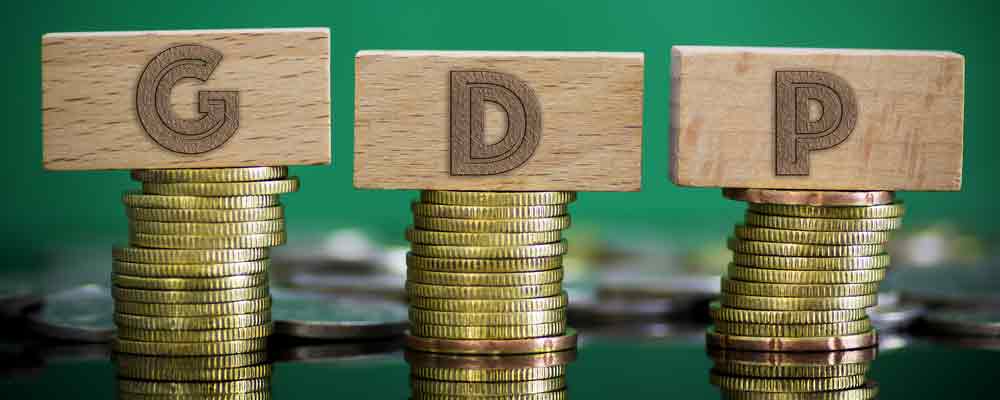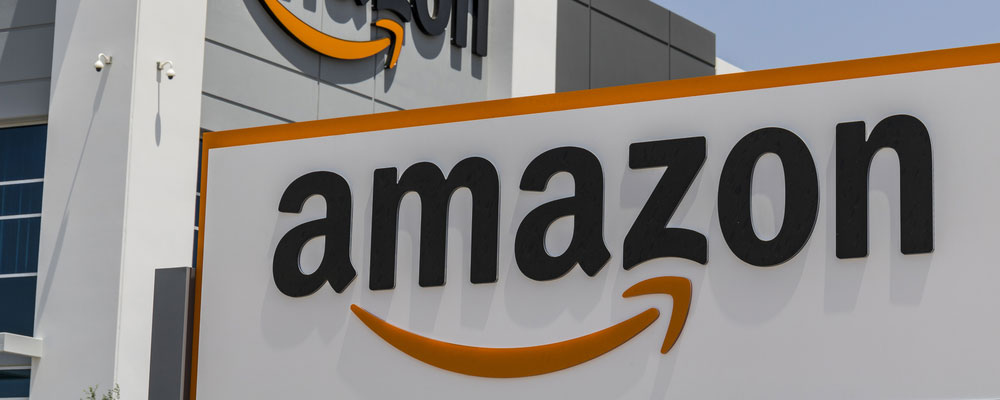They are always late.
You have that friend or family member, who when they say they will be there at 7 o’clock, you know they actually mean 7:30. There’s no telling what makes them run late all the time, but there’s no doubt you know some people like this.
When you were younger, maybe showing up late to a party was what the cool kids did. But as you became a professional, you started to understand the phrase: “The early bird gets the worm.”
Well, we know that the Federal Reserve is always late.
It doesn’t matter what it should be doing. Either raising rates or lowering them, the Fed has historically been behind the curve, and there’s no reason to expect it to be right this time.
And right now, it is late to the party as well, and it will precede the next major rally for the stock market. Let me explain…
The Fed Walks a Narrow Tightrope
The Fed has been raising rates for a couple of years now, by a quarter of a point each time.
Overall, the fed funds rate, the benchmark measure for the industry, is at 1.5% to 1.75% — it always uses a range because rates are still driven by the market to some extent.
Almost everyone will argue and say it was too late on raising rates this time. The economy is near full employment and growing steadily, and that stimulus was no longer needed years ago.
Now here we are, with an economy that will likely overheat in the next year or two.
It has several events going for it that will cause inflation to surge higher.
- The latest tax reform gave an economic boost to corporations and consumers.
- Broad tariffs have been announced that are set to put pressure on prices to rise.
- The fed funds rate remains at a minimal level and still encourages lending, which stimulates the economy.
- Employment is still near full capacity, so wage growth is coming.
- The gross domestic product (GDP) was boosted closer to President Donald Trump’s goal of 3% or more a year, compared to the average run rate of 1.8%.
All told, there will be a lot of pressure in the coming months and years on inflation to rise significantly.
But, at the Fed’s latest meeting, and current Fed Chair Jerome Powell’s first meeting, he said: “There is no sense in the data that we are on the cusp of an acceleration of inflation.”
His predecessors followed economic models closely and used them to anticipate changes in inflation and the economy. Powell implies he isn’t going to rely on those, and instead, will wait for the economy to show him what is going on.
This is a narrow tightrope to walk down.
Not only is the Fed going to be late, but it will likely be way too late. And instead of steeper rate hikes, we could end up with runaway inflation.
That is, however, a worst-case scenario.
One Last Major Boom Cycle
The good news, as I have been saying lately, is that the bull market isn’t over yet.
As Powell mentions, the data doesn’t show any problems at the moment — so we can continue to benefit as financial assets like stocks keep climbing, creating one last major boom cycle for the stock market.
The problem, however, by waiting to act until inflation is present, is that with all the prior mentioned events in our economy, it won’t take long for inflation to get out of hand.
And the only way to combat runaway inflation is to increase interest rates dramatically, halting economic growth and sending us into what will likely be the next Great Depression.
There are ways to avoid this outcome for sure, and it would be a long stretch to happen.
But no matter what happens in the coming years, one thing is for sure — inflation is going to get out of control, and the Fed’s late reaction will send our economy into a recession.
In the meantime, we’ll be prepared to benefit from the next great rally in the stock market as the Fed maintains its “always late” status.
Once inflation starts to creep into the data, that will be a good time to take profits.
Regards,

Chad Shoop, CMT
Editor, Automatic Profits Alert



